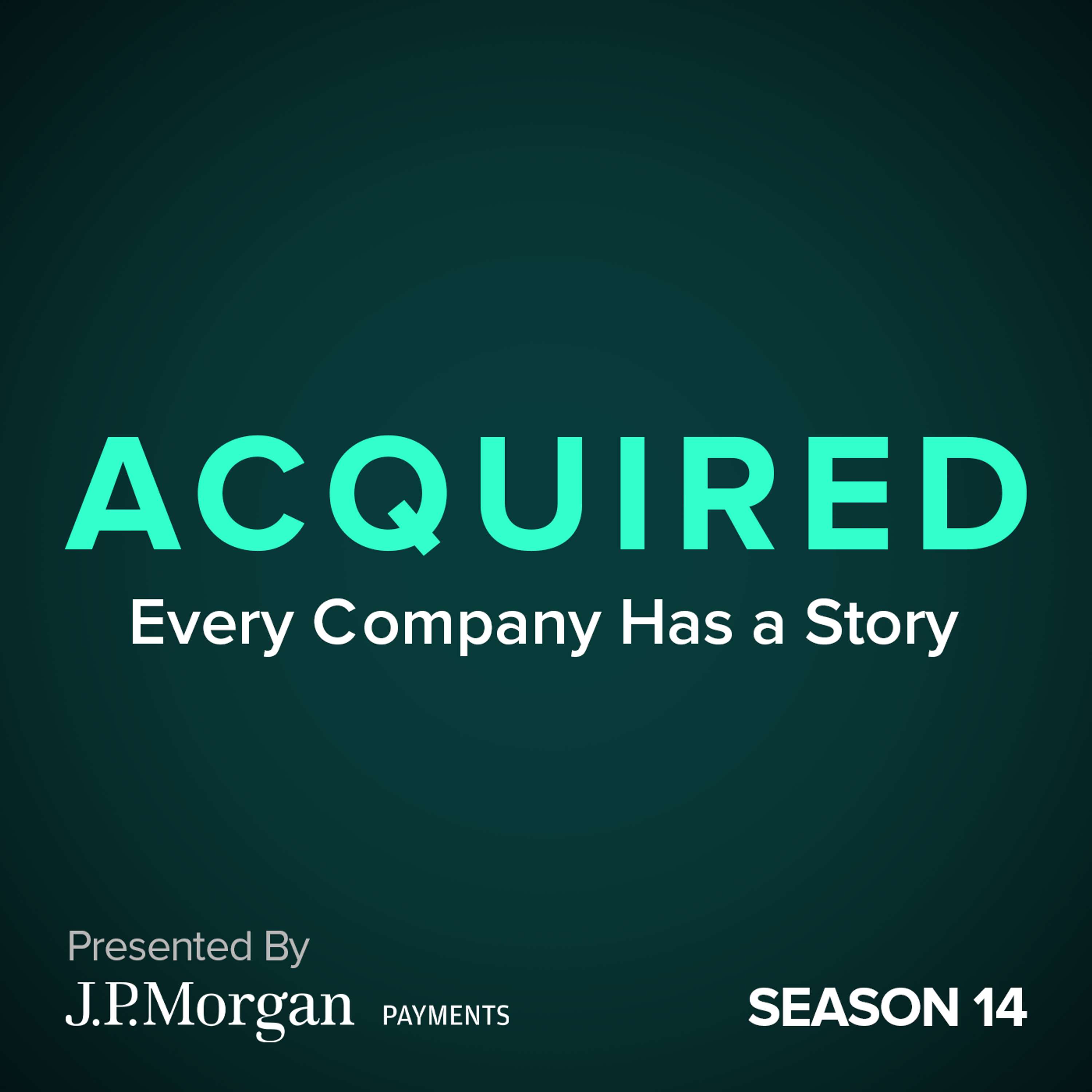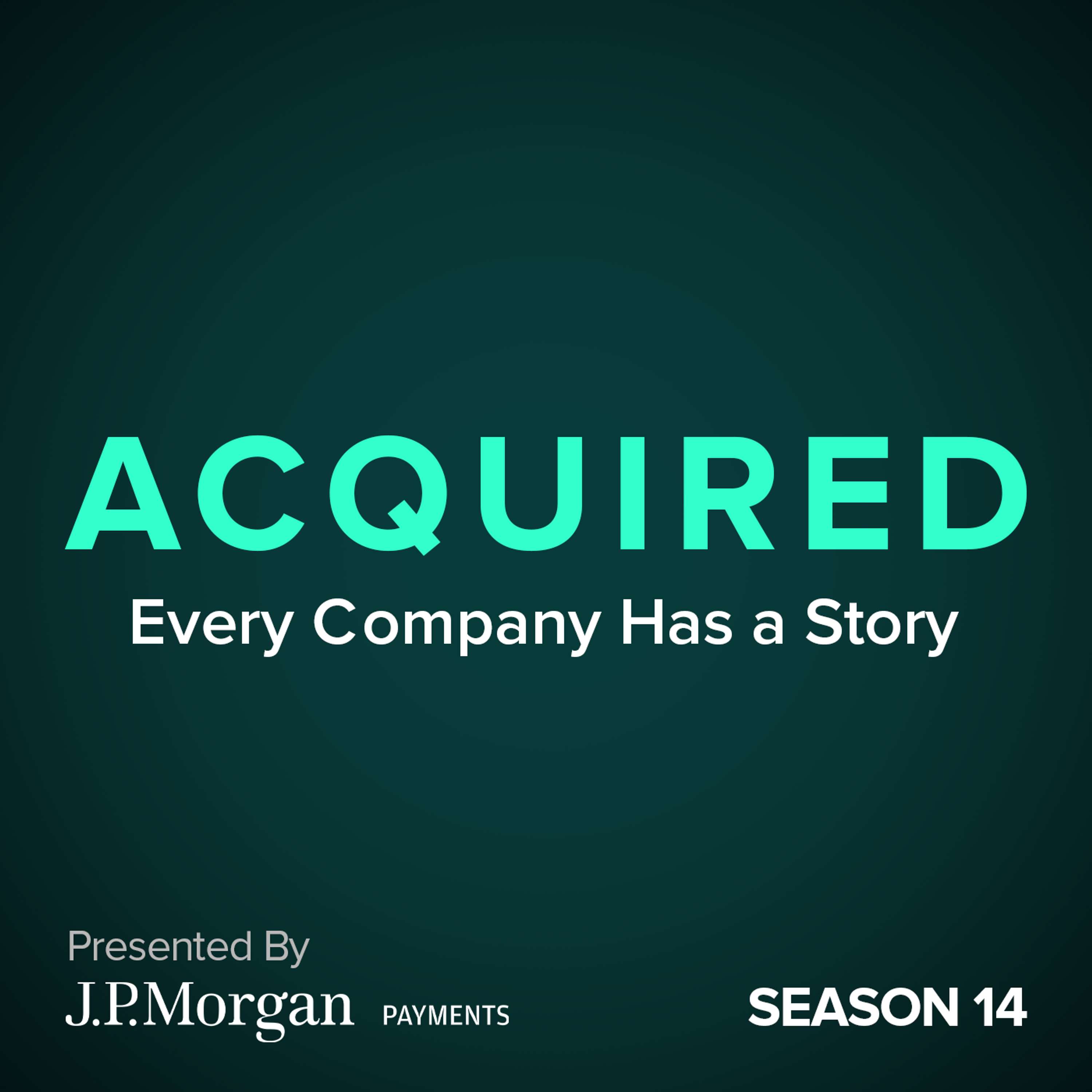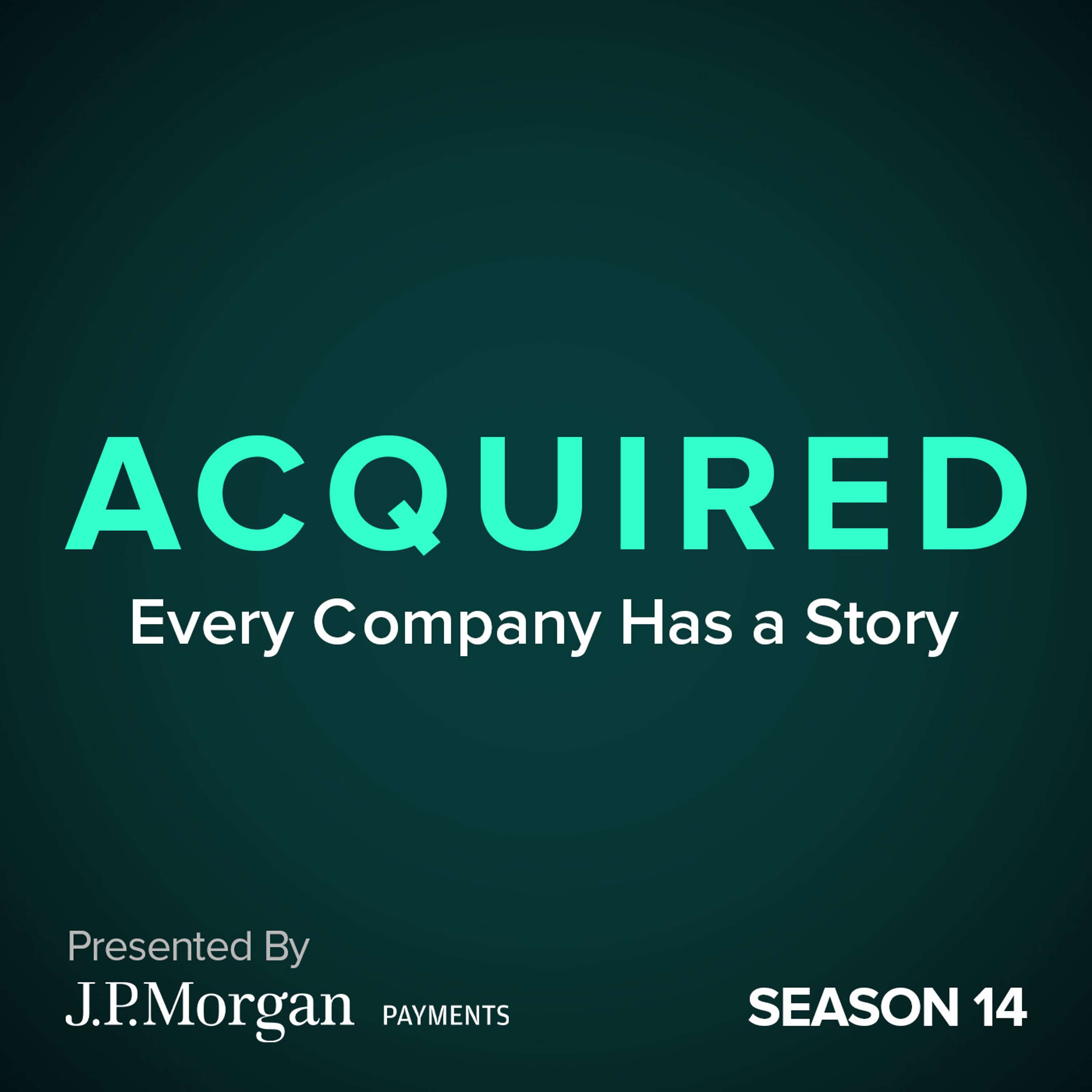
June 4, 2024 • 3hr 15min
Starbucks (with Howard Schultz)
Acquired

Key Takeaways
- Starbucks was founded in 1971 by three partners - Jerry Baldwin, Zev Siegl, and Gordon Bowker - who were inspired by Peet's Coffee in the Bay Area. Howard Schultz joined in 1982 as head of marketing.
- Schultz had an epiphany after visiting Italy in 1983 and seeing the coffee shop culture, which inspired him to push Starbucks to transition from just selling beans to also serving espresso drinks and creating a "third place" experience.
- Starbucks' business model was highly profitable, with a 2:1 sales-to-investment ratio and over 20% operating margins, allowing rapid expansion.
- Key innovations included the Frappuccino, mobile ordering and payment, and the Starbucks Roasteries which created an immersive, theatrical coffee experience.
- Starbucks succeeded by creating a premium brand experience, customization, and building a deep connection with customers and employees ("partners") through benefits like equity ownership and healthcare.
- Challenges have included managing rapid growth and ubiquity, the rise of mobile ordering, and more recently, labor union organizing efforts.
- Schultz believes Starbucks' core strength is its focus on the humanity and culture of the company, which must be carefully maintained as it scales.
Introduction
This episode of Acquired features a conversation with Howard Schultz, the former CEO and driving force behind the incredible growth and success of Starbucks. Schultz joined the small Starbucks chain in 1982 and went on to transform it into a global coffee powerhouse with nearly 40,000 locations worldwide.
The discussion covers Starbucks' origins, Schultz's pivotal trip to Italy that inspired the transition to serving espresso drinks, the company's highly profitable business model, key innovations, the importance of the employee ("partner") experience, and the challenges of maintaining Starbucks' culture and values as it scaled to become a ubiquitous global brand.
Topics Discussed
Starbucks' Origins (7:44)
Starbucks was founded in 1971 by three partners - Jerry Baldwin, Zev Siegl, and Gordon Bowker - who were inspired by Peet's Coffee in the Bay Area. The original Starbucks stores only sold whole bean coffee, not espresso drinks. Schultz joined in 1982 as head of marketing, drawn to the "romance of coffee" he experienced in the original Pike Place Market store.
The Epiphany in Italy (19:58)
In 1983, Schultz had a transformative experience visiting coffee shops in Italy, which inspired him to push Starbucks to transition from just selling beans to also serving espresso drinks and creating a "third place" experience for customers. However, the original Starbucks founders were resistant to this idea at first.
"I am just blown away by the experience, the romance of coffee, the education. And it just spoke to me. I had never met Jerry Baldwin, the founder, who was the CEO at the time. And I became interested and intrigued with what Starbucks was doing and asked if I could meet Jerry." - Howard Schultz
Starbucks' Profitable Business Model (41:51)
Starbucks' business model was highly profitable, with a 2:1 sales-to-investment ratio and over 20% operating margins. This was driven by the high gross margins on coffee drinks (around 80%) and the frequency of customer visits (the "average customer was coming 18 times a month").
Schultz emphasized that Starbucks was not a restaurant business, but rather a retail store focused on the "romance of coffee" and creating a premium experience for customers.
Key Innovations (46:58)
- Frappuccino: Initially resisted by Schultz, the Frappuccino became a huge hit and a significant revenue driver for Starbucks.
- Mobile Ordering & Payment: Introduced in 2009, mobile ordering has become a double-edged sword - providing convenience but also threatening the in-store experience.
- Starbucks Roasteries: Large, immersive coffee "theaters" designed to showcase the craft and theater of coffee roasting and preparation.
The Starbucks "Partner" Experience (52:20)
A key pillar of Starbucks' success was its focus on creating a positive experience and strong benefits for its employees, referred to as "partners." This included:
- Offering equity ownership through stock options (the "Beanstalk" program)
- Providing comprehensive healthcare benefits, even for part-time employees
- Tuition assistance through a partnership with Arizona State University
Schultz saw this focus on the employee experience as critical to Starbucks' success, creating a culture of "compassion, empathy, and love" that was key to the brand's identity.
Starbucks' Expansion & Globalization (59:06)
Starbucks rapidly expanded from its initial 6 stores in 1987 to over 1,000 stores by 1997. Key milestones included:
- Entering the Chicago market in the late 1980s, which Schultz described as a "big fight" with COO Howard Behar
- Expanding to Los Angeles in the early 1990s, despite resistance from Behar
- Entering the Japan market in 1996, which was an immediate success due to the strength of the Starbucks brand
- Entering China in the late 1990s, which was initially challenging but turned around under the leadership of Belinda Wong
Navigating Ubiquity & Growth Challenges (2:07:06)
As Starbucks grew to become ubiquitous, Schultz acknowledged challenges in maintaining the brand's core values and experience:
- The rise of mobile ordering created convenience but also threatened the in-store "third place" experience
- Rapid growth led to some "mistakes" like diluting coffee quality and reducing the personal connection between baristas and customers
- Schultz believes Starbucks lost some of its "humanity" and focus on the employee experience during periods when he was not actively involved
Starbucks Today & Schultz's Perspective (3:06:43)
Schultz returned as interim CEO in 2022 to help steer the company through a challenging period, including labor union organizing efforts. While he has no desire to return as permanent CEO, he remains deeply invested in Starbucks' future and wrote a letter to the current leadership outlining his concerns about the company potentially "drifting towards mediocrity."
Schultz believes Starbucks' core strength is its focus on the humanity and culture of the company, which must be carefully maintained as it scales. He is concerned the company has underinvested in its people and allowed the mobile app to overly dominate the customer experience.
Conclusion
The Starbucks story, as told by Howard Schultz, is one of entrepreneurial vision, innovative business model design, and a relentless focus on creating a premium, experiential brand. From its humble origins as a Seattle coffee bean retailer to its current status as a global coffee powerhouse, Starbucks' success was driven by Schultz's ability to see the potential in the "romance of coffee" and build a company culture centered on the employee and customer experience.
While Starbucks has faced challenges in maintaining that culture and experience as it scaled, Schultz's passion for the brand and its people remains undiminished. His insights on the importance of balancing growth, innovation, and preserving core values offer valuable lessons for any company seeking to build a beloved, enduring brand.









